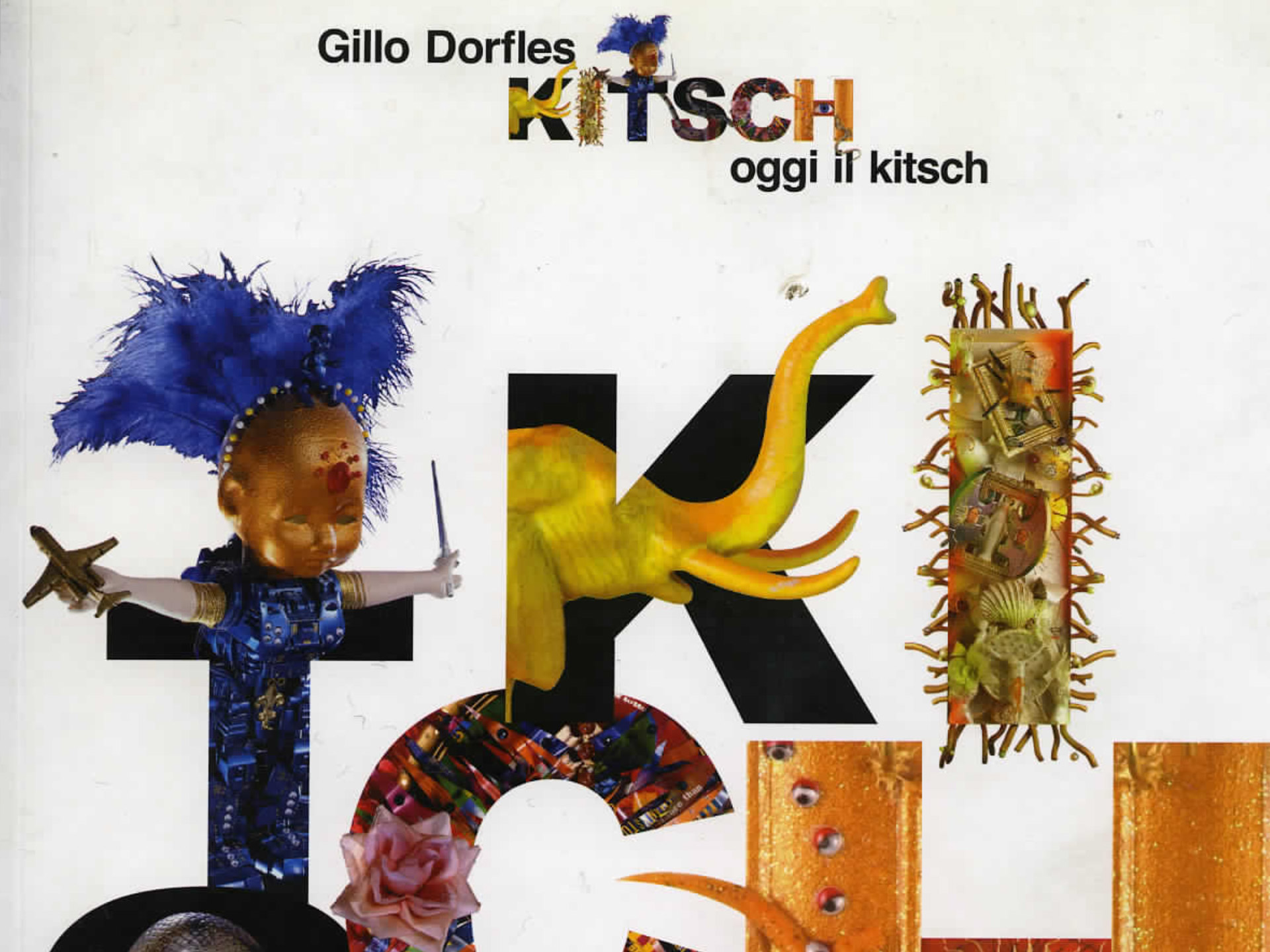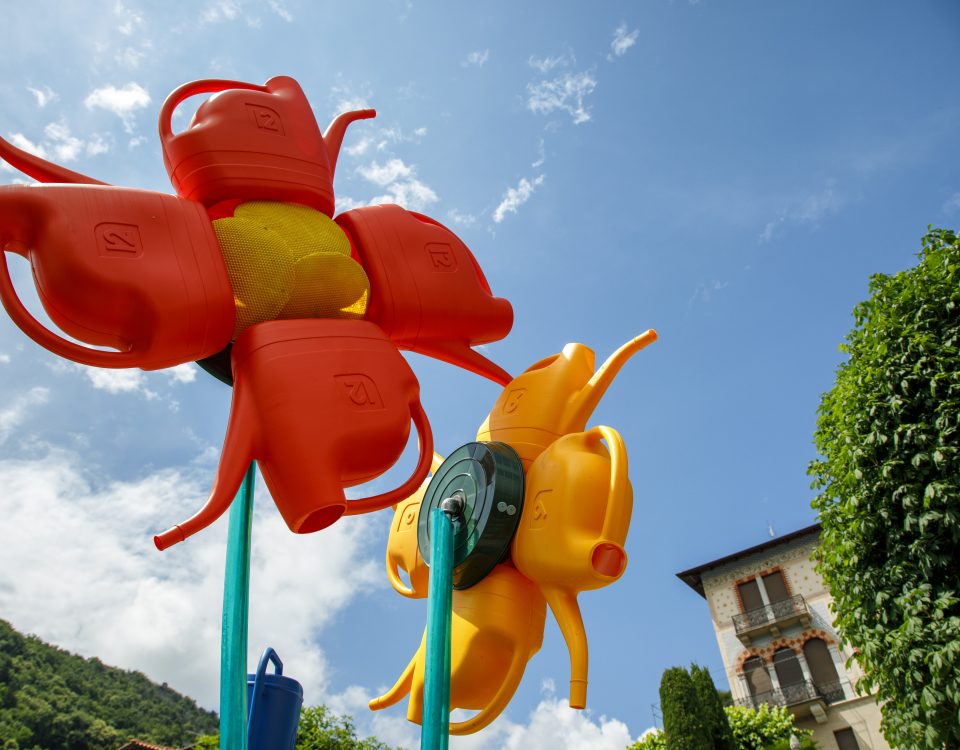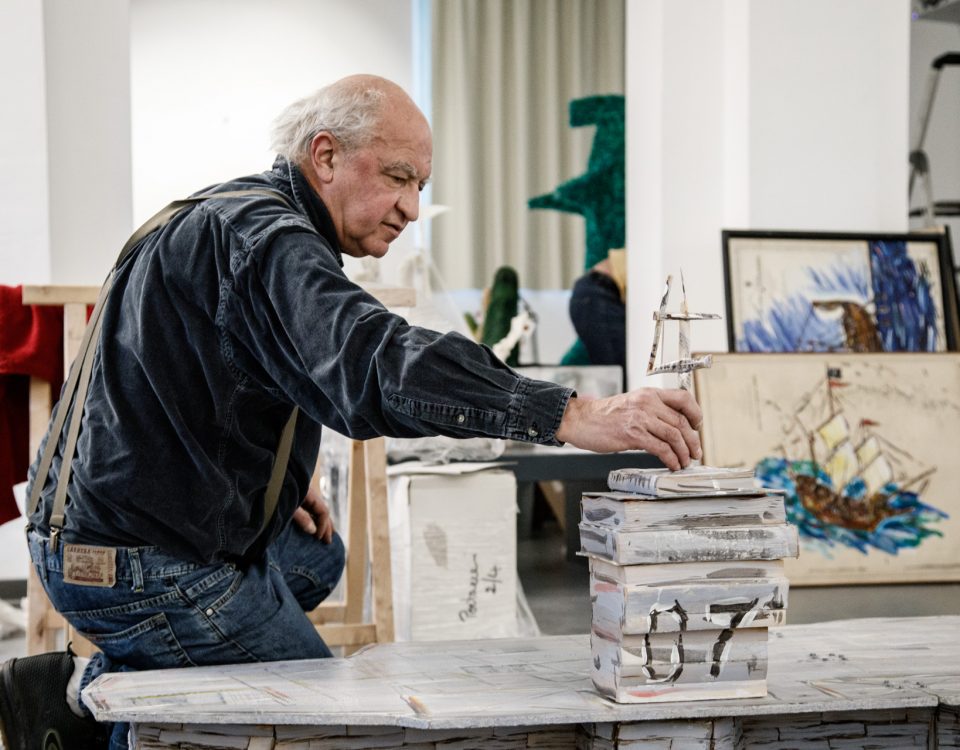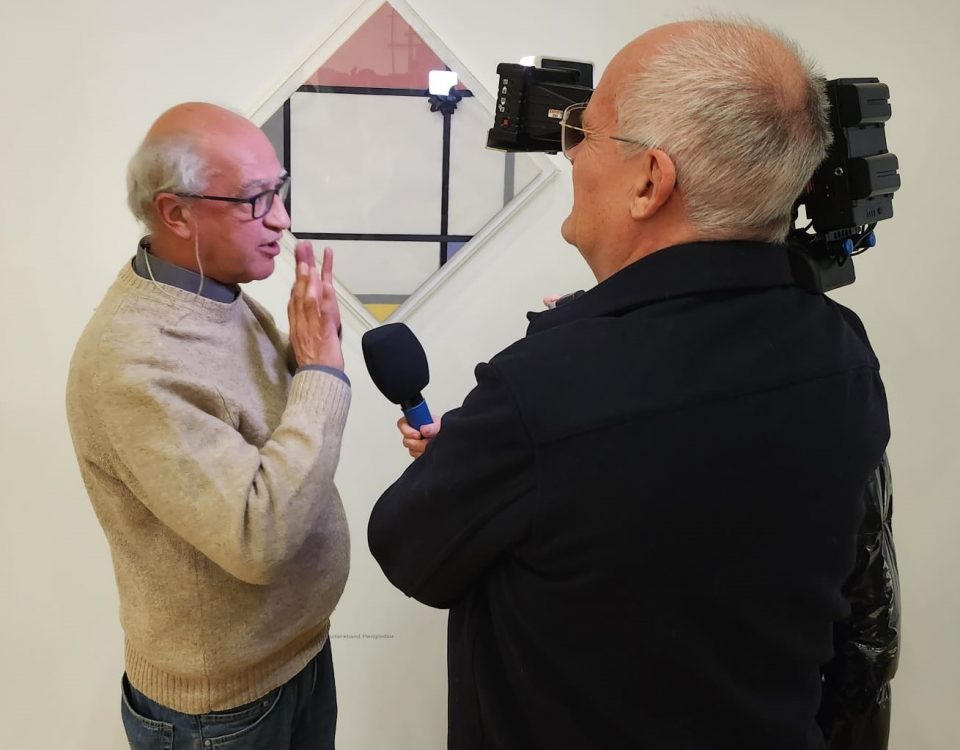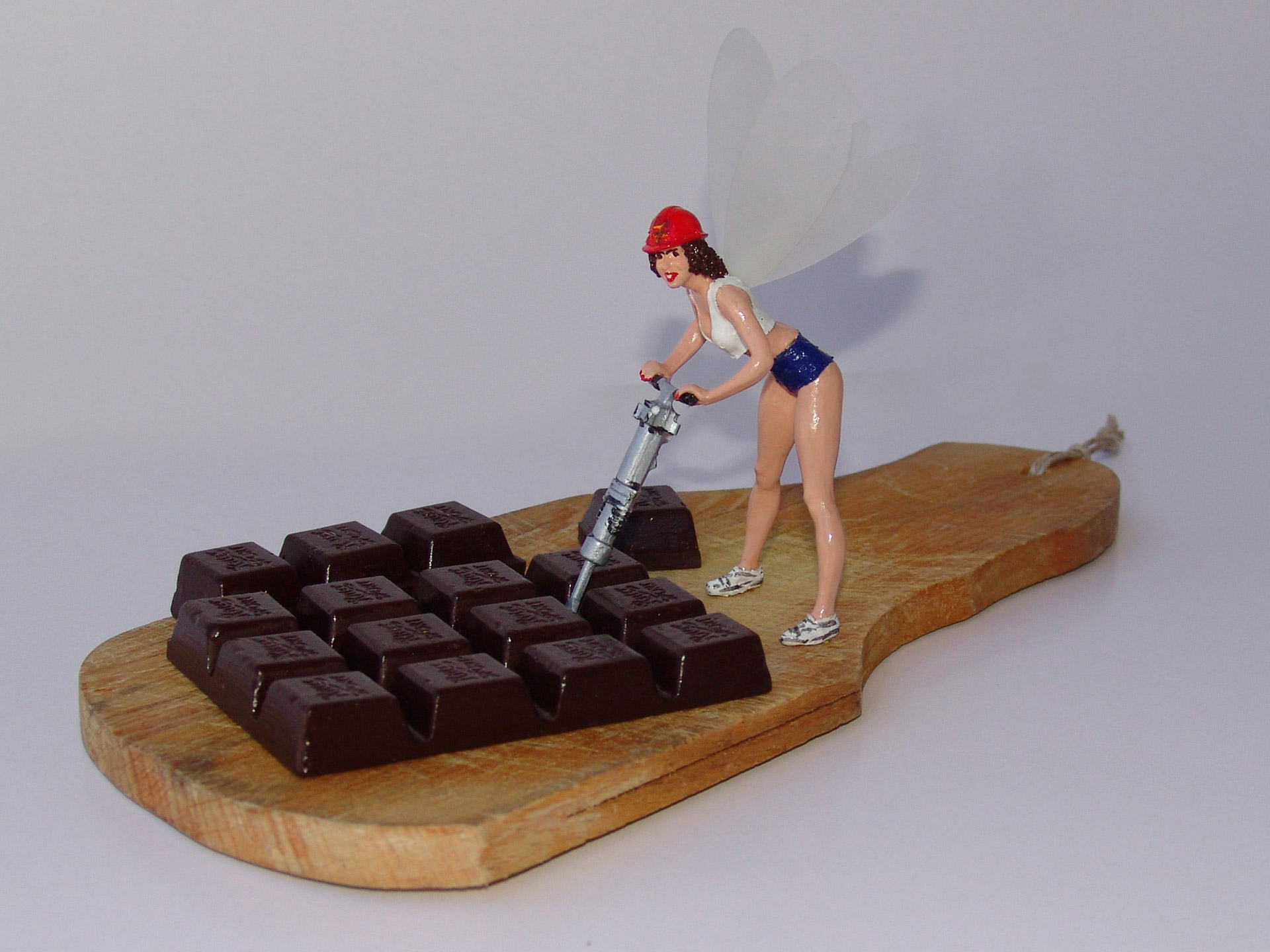
Art with Chocolate
13/05/2012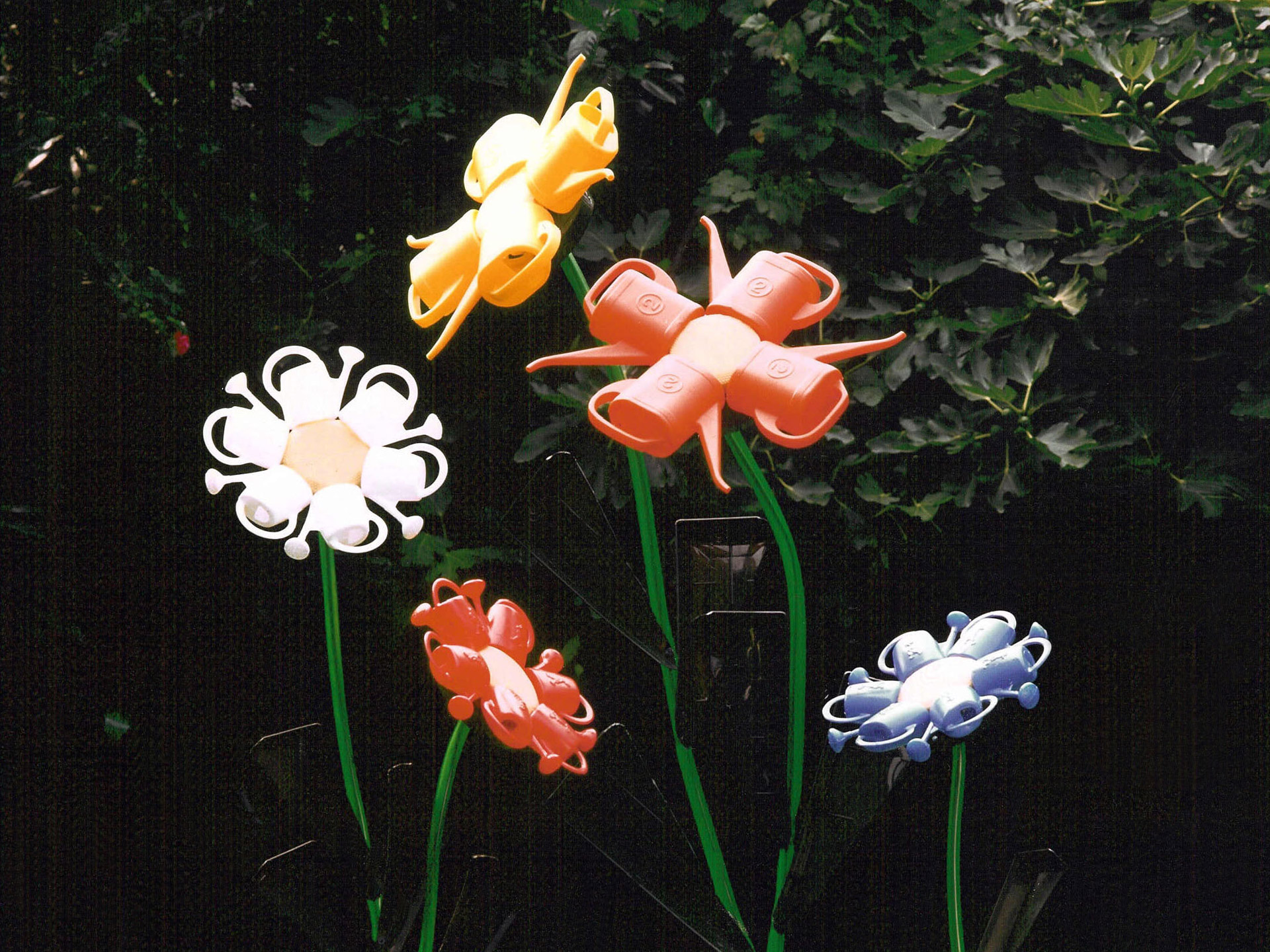
Corrado Bonomi. Works 1987-2012
24/11/201212/06/2012 - 26/08/2012
Triennale di Milano. Viale Alemagna - Milano
by Gillo Dorfless with Aldo Colonetti, Franco Origoni, Luigi Sansone and Anna Steiner.
The "Triennale of Milano" presents the exhibition Gillo Dorfles. Kitsch - today kitsch curated by Gillo Dorfles, together with Aldo Colonetti, Franco Origoni, Luigi Sansone and Anna Steiner.
In 1968 “The Kitsch. Anthology of bad taste "published by Mazzotta, a series of theoretical insights that helped to describe the concept of kitsch in all its articulations; a concept that Dorfles was the first to make a decisive contribution to defining, on an international level. Dorfles' text is a real milestone for understanding and evolving the "bad taste" of modern art; he says that some masterpieces in art history such as Michelangelo's Moses, Leonardo's Mona Lisa have "become kitsch emblems because they are now reproduced trivially and known, not for their authentic values but for the sentimental or technical surrogate of their values". "Cultural industrialization, says Dorfles, extended to the world of artistic images has led to an exasperation of the traditional distinctions between the various socio-cultural layers. Mass culture came to acquire very different characters (at least apparently) from the elite culture, and made the kitsch of art itself much more ubiquitous and triumphant. " In the aforementioned book by Dorfles various aspects of kitsch are examined by some scholars, from cheap reproductions of works of art to "consumer music", from cinema to advertising, from design to architecture. Some artists, especially of the avant-garde, have re-proposed images of masterpieces in the history of art, universally recognized, to consciously create kitschy, ironic, provocative or scandalous “sought after works”: this is the case of the work LHOOQ, 1919, a retouched ready made by Marcel Duchamp, version with the addition of a beard and mustache of Leonardo's Mona Lisa, with an irreverent title (by pronouncing the name of the letters in French, the phrase "elle a chaud au cul" is obtained). The first part of the exhibition presents ... "authors who deliberately use kitsch quotations" (Gillo Dorfles).
Among the artists Adriana Bisi Fabbri with Salomè in front (dance step), 1911, and Salomè a tergo (Dance move), 1911, which represents the biblical character with paradoxically excessive roundness; Alberto Savinio who with Penelope, 1933, ironically relives the classic myth; Gianfilippo Usellini who with Donna con la coda, 1970, brings back with ironic paradox to a primitive animal condition; and again Enrico Baj who with Madame Garonne, 2003, assembles different materials to denounce the corruption of taste caused by the culture of the industrial product. Finally, three works by Salvador Dalì are part of this group of artists who are on display as ironic inspirers of the phenomenon. The exhibition continues with a series of deliberately kitsch authors. Gillo Dorfles states: "here we see some contemporary artists who intentionally create works with elements that refer to the culture of kitsch" Among these artists Luigi Ontani, who with the work Er ciclopercurione, 1990, approaches a fantastic figuration that draws and ironically manipulates suggestions from different cultures, languages and expressive techniques; Antonio Fomez with Michelino, 1966, inspired by Pop Art; Felipe Cardeña who with her polychrome collages presents kitsch compositions that overlap flowers and fruits cut from magazines; Leonard Streckfus creates collages in which historical characters are portrayed with irony in everyday life; Corrado Bonomi creates compositions with various objects that ironically deal with human problems; Limbania Fieschi with its americanizing kitsch taste; Carla Ptolemy with her sculpted chairs; Mario Molinari who in his sculptures grotesquely accentuates and deforms anatomical parts of humans and animals and the theatrical compositions of wood, stucco, resin and various objects by Vannetta Cavallotti. Finally, the ironic tribute to Salvador Dalì of the Cracking Art Group through the fusion of plastic materials and photos and The Bounty Killart which creates highly satirical plaster sculptures.
All these works of art on display provide a vast representation of each artist's personal interpretations. One room is dedicated to the Dutch artist, naturalized Italian Rutger (Rudy) Van der Velde, journalist, advertising graphic designer, illustrator and artist who created surprising, ironic and playful assemblages with heterogeneous materials, superfluous objects from our consumer society. A work in particular I am free - I feel free, which features a cage containing a man-automaton and a dragonfly, while another dragonfly on the outside resting on a branch enjoys freedom, clearly expresses the experimentation in his works of a continuous search for new sensations and liberating from any bond of bondage to the common reality. In the corridor that introduces to the exhibition an interactive carpet made up of 5000 kitsch images that come alive as the public passes, brings kitsch into everyday life, into our everyday life. The exhibition closes with the last large room in which there is a veritable carousel of kitsch objects by anonymous artists, which are quotes and reproductions of kitsch today. Gillo Dorfles states: “As always, it is intention and awareness, both with respect to the use of techniques and with regards to content, which transform an object, a form, but also a behavior, into a work, into a language that we feel real and authentic.
If the cultural dimension does not exist, every art form is destined to fall into the trap of a more or less conscious kitsch. True art is never "mischievous"; kitsch is, and this is its essence. It is necessary to know it, also to frequent it and, why not, sometimes to use it, without ever getting carried away. Because bad taste is always lurking ". The exhibition is accompanied by the book-catalog “Gillo Dorfles. Kitsch: today kitsch ”, for the types of Editrice Compositori, edited by Aldo Colonetti, Franco Origoni, Luigi Sansone, Anna Steiner, which hosts a conversation between Aldo Colonetti and Gillo Dorfles, reflections by Vittorio Gregotti, Ugo Volli, Fulvio Carmagnola , Denis Curti, Francesco Leprino, Bruno Pedretti; a particular documentation by Luigi Sansone on works by "inspiring" artists who interpret this style today. In closing, a photographic review on the daily kitsch, interpreted by objects, products, images.
For more information http://www.triennale.it/it/mostre/future/1118-gillo-dorfles-kitsch-oggi-il-kitsch
